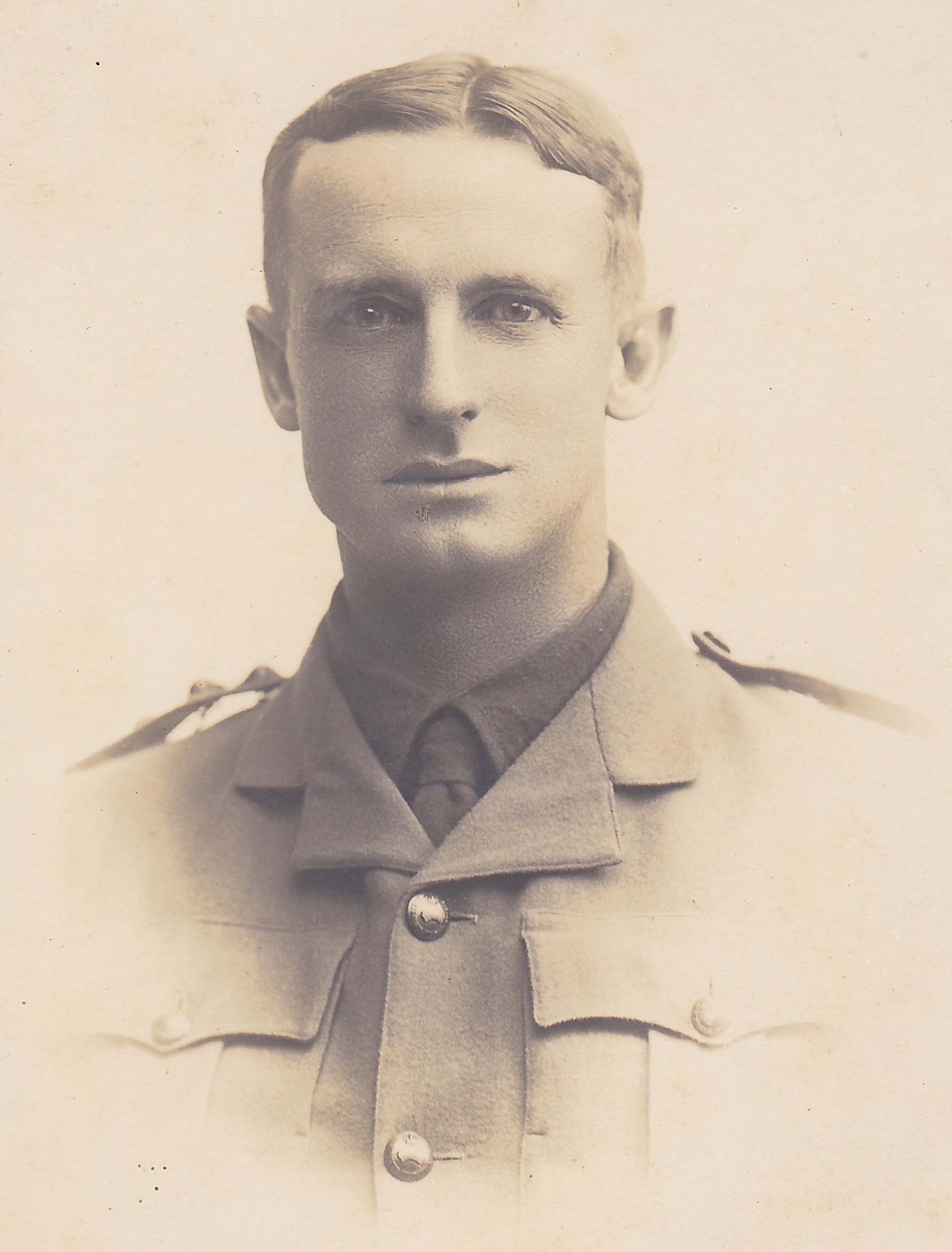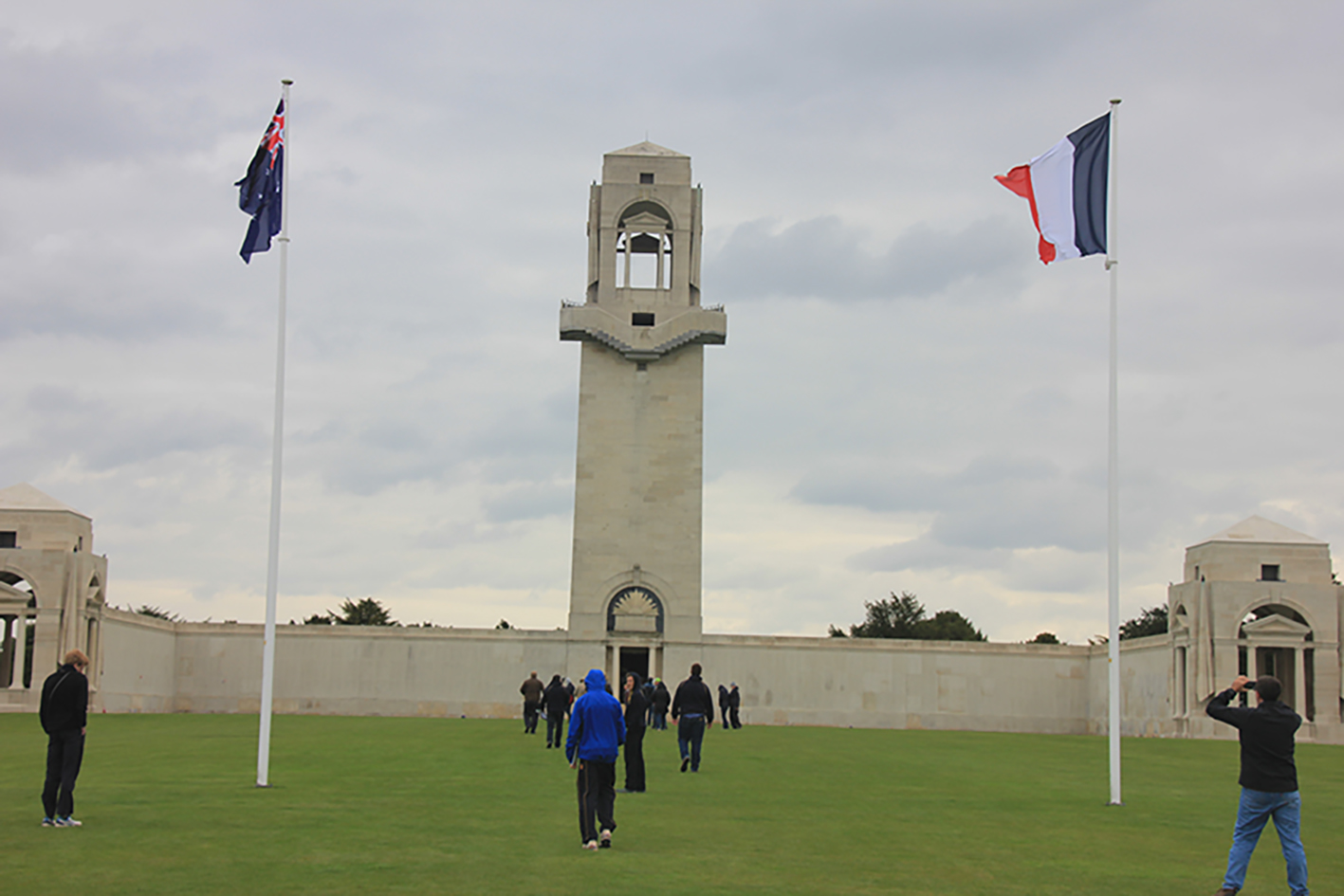A mature man with experience, education and a military background could enter the AIF through an application for an immediate officer’s commission. If approved the man would begin service as a lieutenant. A Toowoomba man who followed this path was Thomas Cotgrave Hewitt. He enlisted at Toowoomba on 7 November 1914. He had lived in the city for seven years, where he was Science Master at Toowoomba Grammar School.
Tom Hewitt was born at Wingen, New South Wales, on 31 March 1881, the son of Mary and Henry Vigors Hewitt of “Dansden” Baulkham Hills, Sydney. He had a brother and sister living in regional areas of NSW, at West Maitland and Inverell respectively, during and after the War. Tom was educated at The Kings School at Parramatta, in Sydney’s west, and at the University of Sydney, where he attained a BA degree. His work in education began at the Guildford School in Perth, and included a role with army cadets, effectively for over twenty years. He also served in the militia.
Tom Hewitt was thirty-three years old when he enlisted. He was almost 5’10” tall and weighed 154 pounds. At Enoggera he was appointed to the new 26th Battalion, a battalion of the 7th Brigade – made up of a majority of Queenslanders, with a draft of recruits from Tasmania. The battalion was officially raised in April 1915, became part of the 2nd Division, and was embarked at Brisbane bound for Egypt for further training and deployment to Gallipoli. Tom Hewitt was promoted to Captain, A Company, prior to his departure in April.
The 26th Battalion served on Gallipoli for three months, from 12 September to 12 December. During this time Tom remained safe from Turkish fire, but had a short stint in the Field Ambulance with illness in late November. He returned to Egypt via Mudros on 9 January 1916. Here the battalion was reinforced, trained, brought up to strength and prepared for transfer to the BEF and the Western Front. It departed for Marseilles on 15 March.
After its arrival in France, the 26th fought in the front-line trenches from June until its deployment to the Somme Valley area where it was to be part of the offensive to capture Pozieres Heights. At Pozieres it took part in two horrific attacks that cost it over 650 casualties. In the first of these the battalion attempted to capture two German trenches known as OG1 and OG2. The attack is discussed in detail by the historian CEW Bean in Volume III of his Official History of the AIF. During this battle somewhere in the German lines Tom Hewitt was killed in action soon after midnight of the 28/29 July. His body was not recovered as the attack failed and the ground was largely left in German hands. He was 35 years old and is recorded on the Villers-Bretonneux Memorial.
Several witnesses provided accounts to the Red Cross of Tom’s last moments. However, there are discrepancies in the record – not surprising, given the huge number of casualties and the fact that most statements were provided months later at hospitals in England. One soldier saw a “spark hit his helmet” that was apparently the bullet that killed him; others testified that he had received a machine-gun bullet to the head on the German parapet and was limping from an earlier hit to the legs. CEW Bean (p. 635) wrote that he died while going back to re-direct artillery fire to help his men advance. Perhaps the account that should be quoted here is the one written by his mother who spoke to survivors and provided this statement to the AWM after the war:
On the first night he led his men into action and tho’ twice wounded crept ahead. The entanglements were uncut and a treacherous order to “Retire” was given by a German, but he calling loudly “No such word, follow me” was shot through the head. He was much beloved by his men, many of whom died too. His body was never recovered but these particulars were given by the few survivors.
Several weeks later, Tom Hewitt was one of several officers recommended for the decoration Mentioned in Despatches.
In 1921 and 1922 Tom’s father signed receipts for his campaign medals, Victory Medal and commemorative Plaque and Scroll. The family never forgot Tom’s sacrifice; his brother at Maitland continued correspondence updating army records on Tom’s file. He informed the army of the deaths of the NOK, Tom’s father in 1931 and mother in 1933. Tom’s surname is mis-spelt “Hewett” on the Toowoomba Mothers’ Memorial. He was 34 when he died.
Included are two transcriptions of letters written by Captain Hewitt. The first was written on 11 October 1915 from the Gallipoli Peninsula and describes a day in his life on the battlefield. The second is believed to be his last letter back to Australia. These can be found in the archives of the State Library of New South Wales in Sydney.
Extract from, ‘Playing the Game’ – A History of the Toowoomba Grammar School by John Keeble Win, page 175.
‘Just after World War 1 had begun, assistant master Mr Thomas C Hewitt wrote to the Trustees stating, “he had been called out on active service and requesting that his position might by kept open for him upon his return”. Although the Trustees approved of his re-instatement upon his return from the Front, it was never meant to be, for on 27 September 1916 it was reported that Captain Thomas C Hewitt had been killed in action on 29 July in France. Just two days before he had written to his mother. See letter below.
He was to be fondly remembered at the School for his efficient control of the cadets, his management of the swimming club, and his keenness in School matters generally. The then new Physics Laboratory was “the work of Captain Hewitt almost alone, and the bronze tablet to be erected there by the boys will be a fitting and permanent record of the fact”.
The School Magazine dated November 1916 reported his death.
‘Summo. Digni. Honore’.
“Joint heirs with Christ because they bled to save His loved ones not in vain.”
Captain Hewitt, who left us in March last year, was killed in action in France on July 29th. His efficient control of the cadets, his management of the swimming club, and his keenness in School matters generally, made him a very valuable master and one widely known in parts of Queensland even distant from Toowoomba. The new Physics Laboratory and its complete equipment are the work of Captain Hewitt almost alone, and the bronze tablet to be erected there by by the boys will be a fitting and permanent record of the fact.’
External Links
National Archives of Australia Military Records
Australian Red Cross Society Wounded and Missing
Australian War Memorial Honour Roll
Australian War Memorial Unit War Diary 23/43/12 26thBN July 1916
Letters to William and Nina Hewett 1916
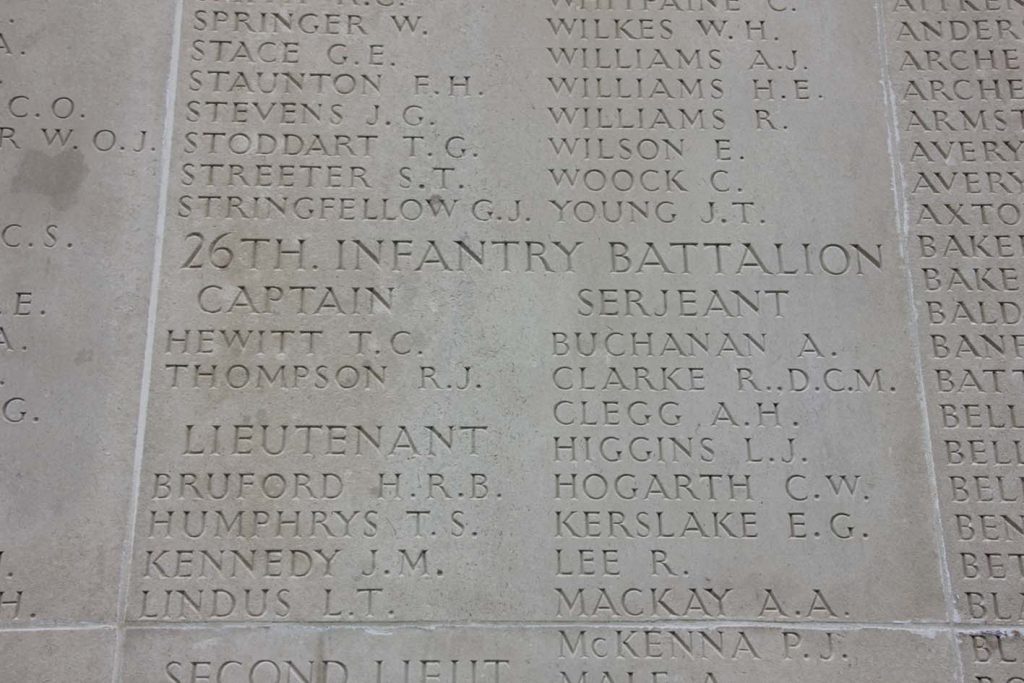
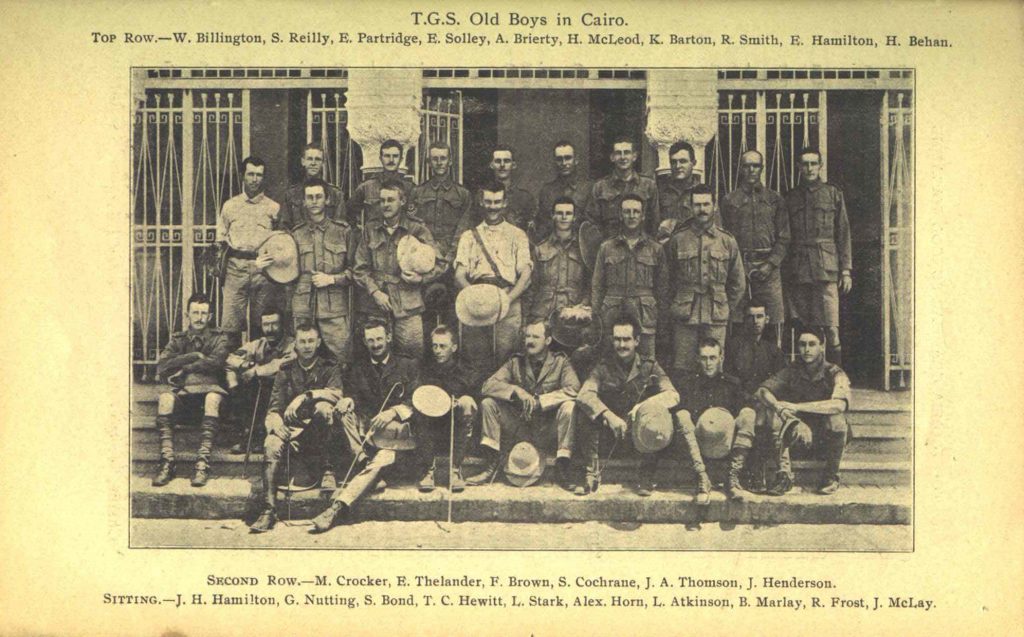
Toowoomba Grammar School Old Boys in Cairo 1915, Toowoomba Grammar School Magazine dated May 1915
Below is a letter dated 11th October 1915 to Helen from Gallipoli
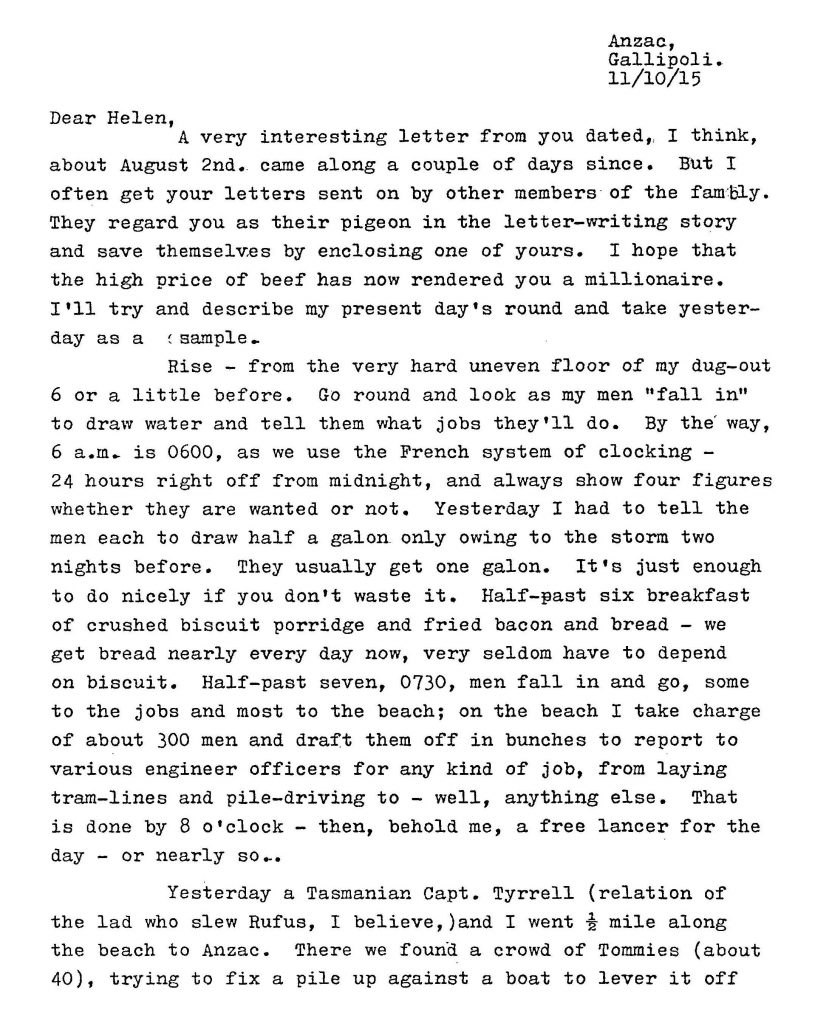
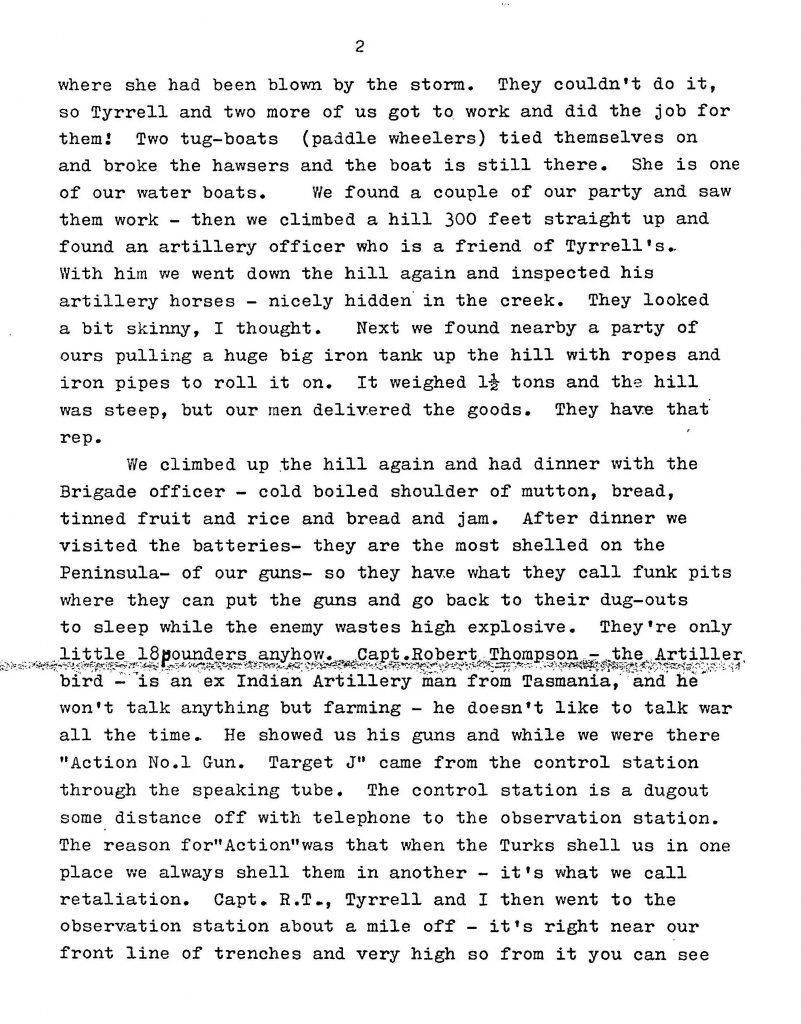
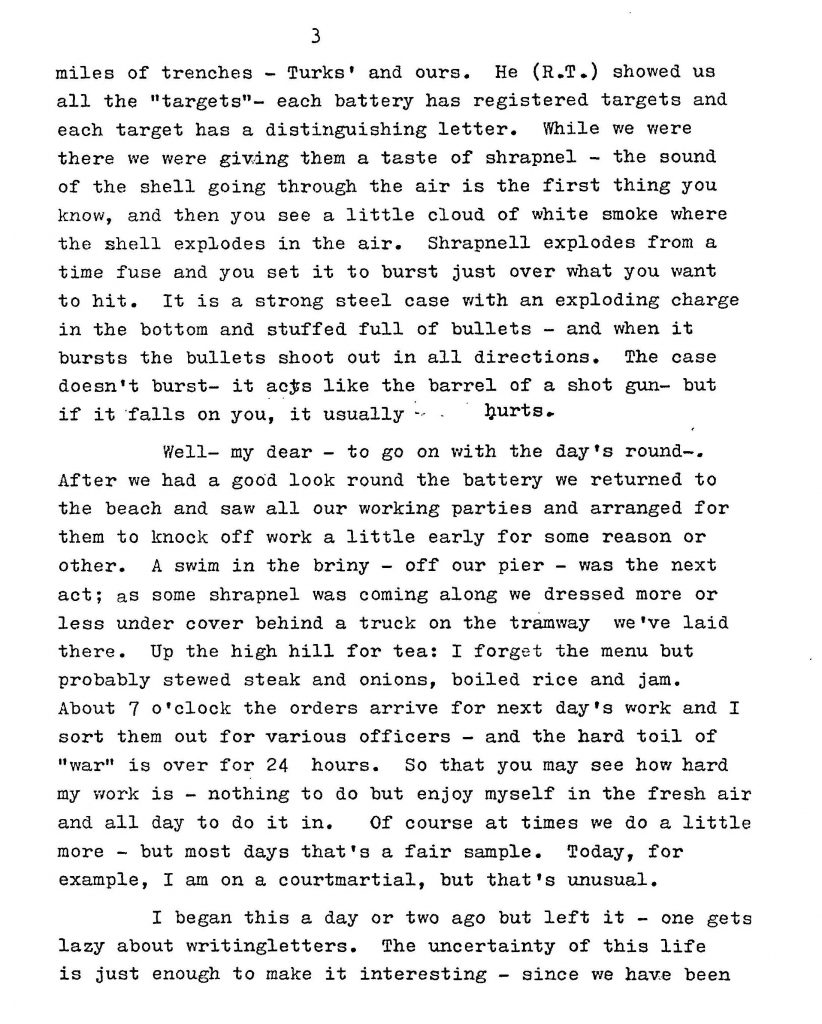
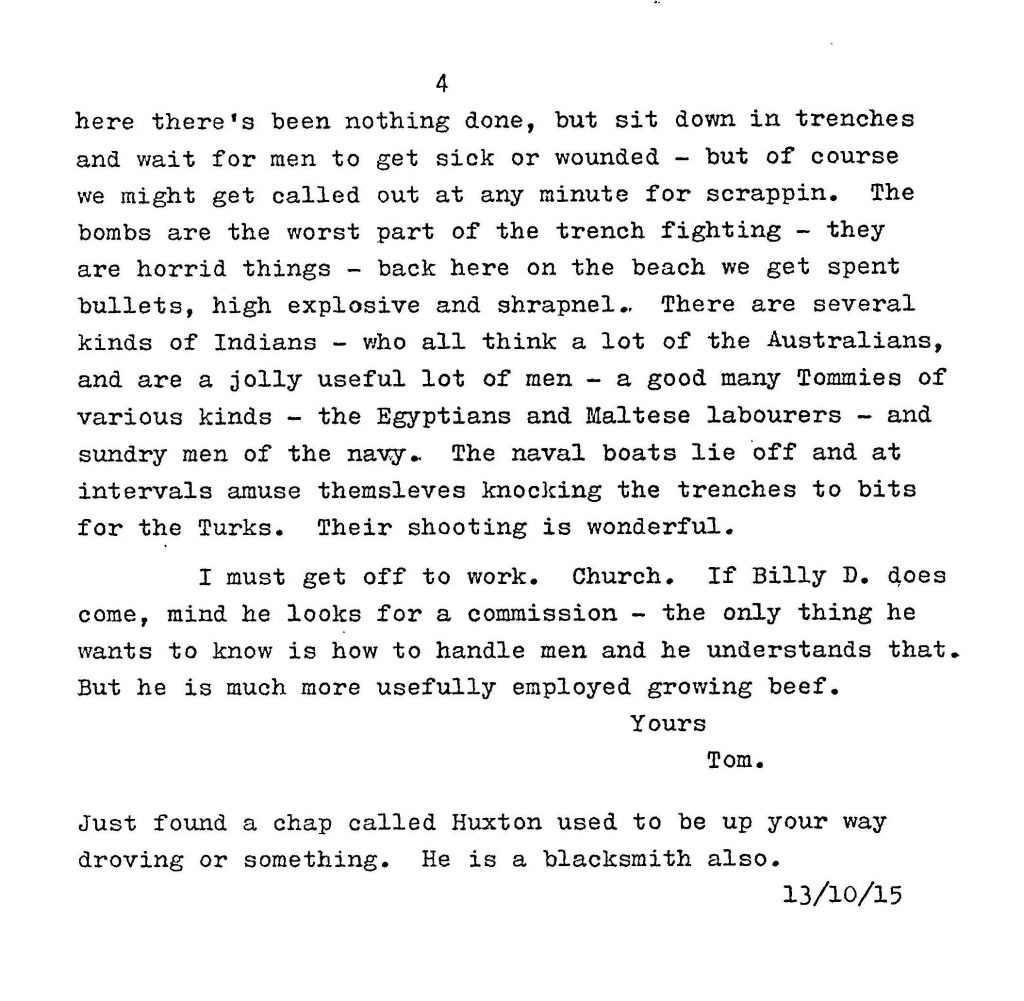
Below is Hewett’s last letter home dated 27th July 1916
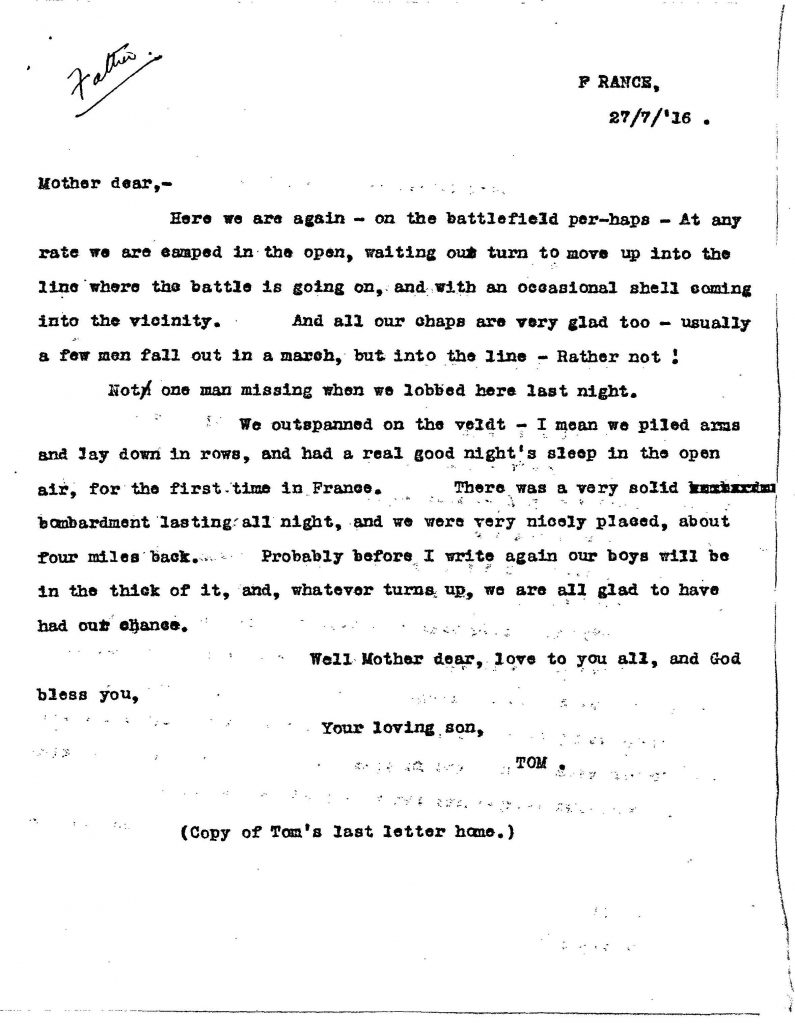
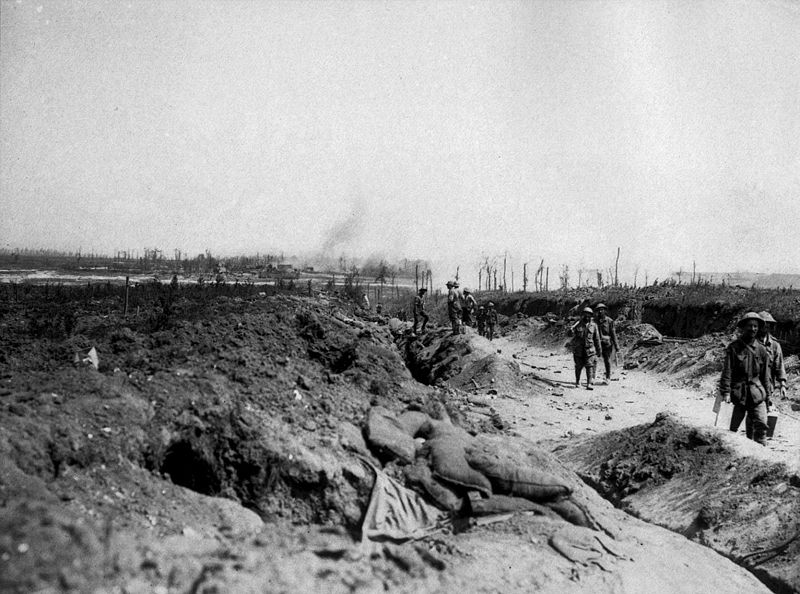
Road to Pozieres, August 1916 – AWM EZ0084
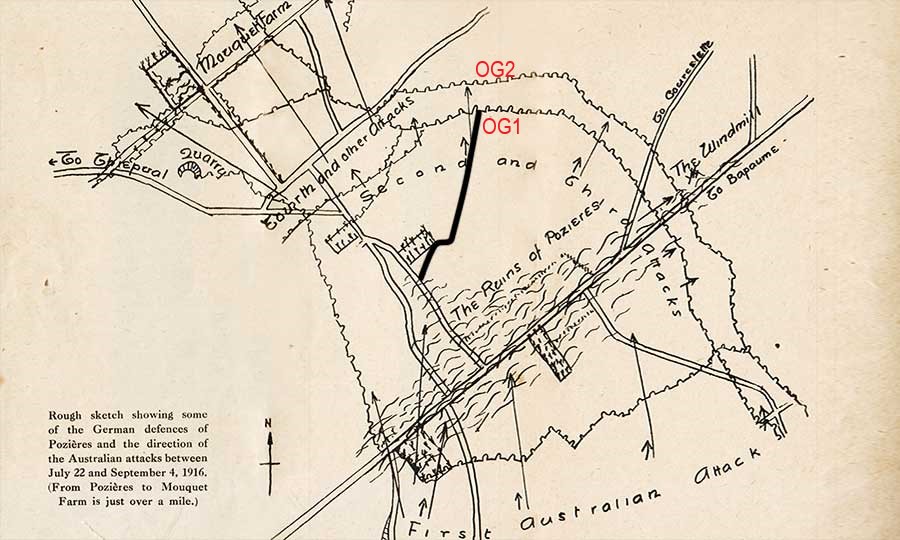
Bean’s sketch map of German defences of Pozieres between 22 July and 4 September 1916- shows location of OG1 and OG2 trenches
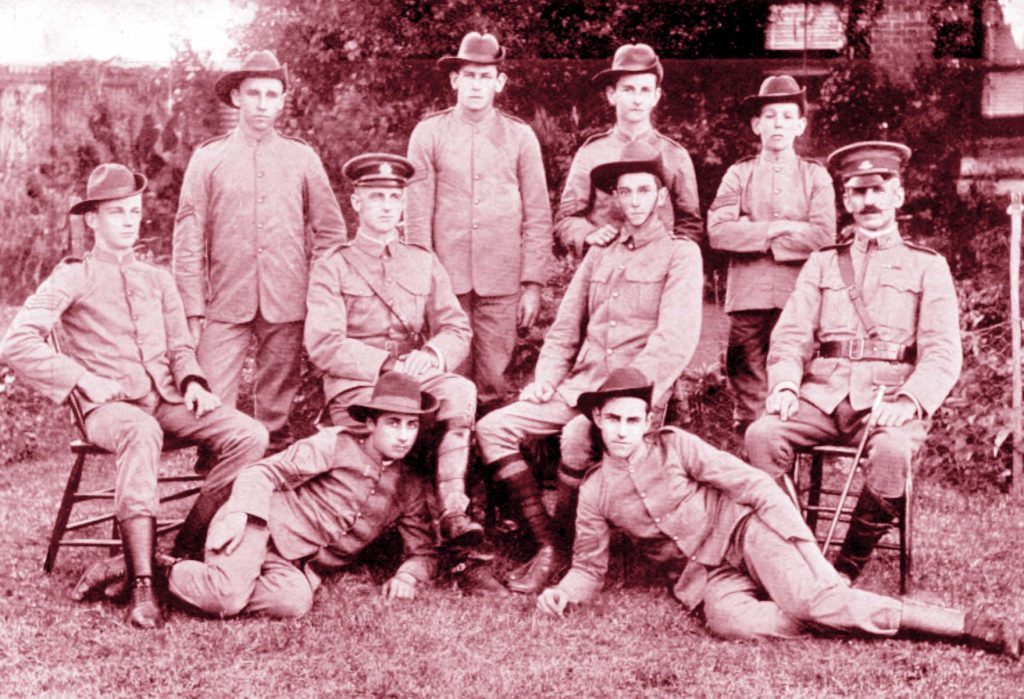
Toowoomba Grammar School Cadet Unit, Officers and NCO’s 1907
Standing: (L-R) Shannon, Morton, Mansfield, Steele
Sitting (L-R) Dennis, Lieut Hewitt, (OC), Lieut von Stieglis, Sgt-Major Breydon
Reclining: (L_R) Lloyd, Bauer
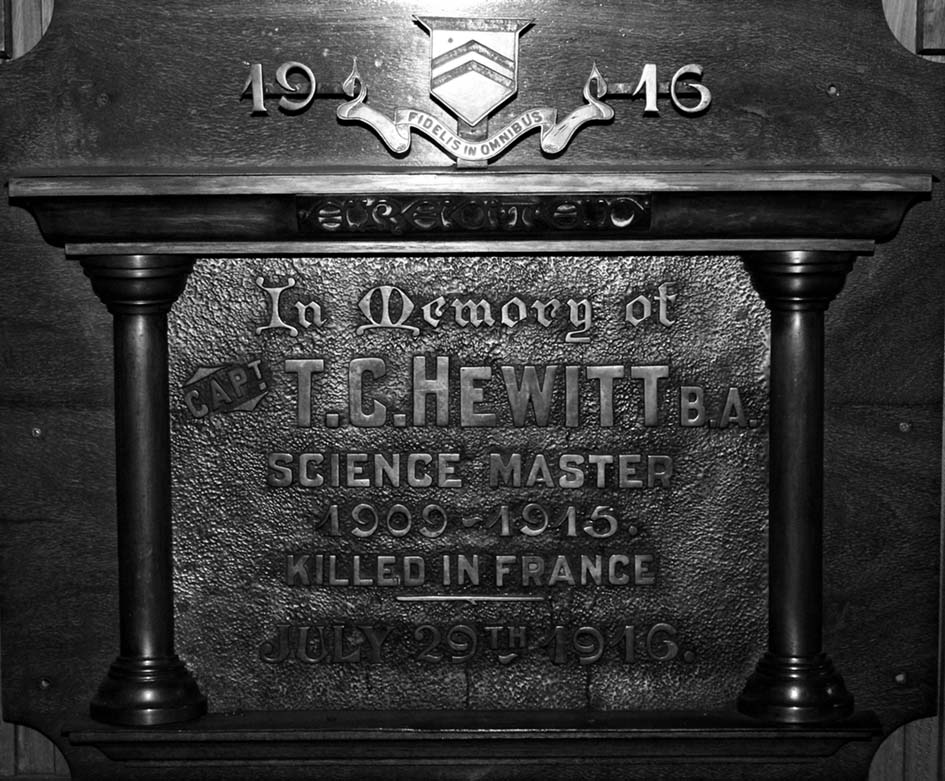
Plaque located in Old Hall at Toowoomba Grammar School


